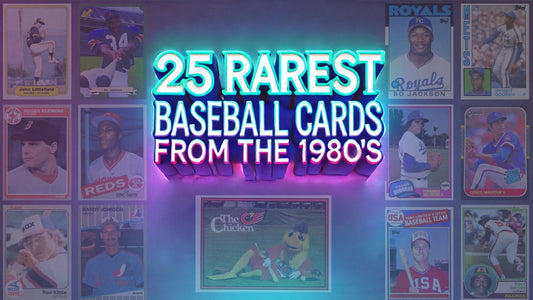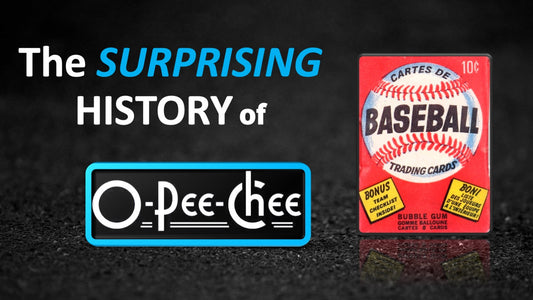Flipping baseball cards for profit involves buying cards at a lower price and selling them at a higher price within a relatively short period.
While this strategy can be lucrative, it's important to note that the sports card market can be unpredictable and subject to various factors. However, I can provide you with an overview of how flipping cards can be done effectively.
-
Research and Knowledge: Start by researching the sports card market and gaining knowledge about players, teams, and card values. Stay updated on current trends, player performances, and news that may impact card prices. This information will help you identify undervalued cards with potential for price appreciation. I have also packed my 23+ years of knowledge into this course on how to flip cards for PROFIT.
-
Grading and Authentication: I ONLY buy and flip graded cards, that is the ONLY way you actually know the value of the card you are buying and selling. I stick with the big 3 grading companies, such as PSA, SGC, or Beckett. Graded cards often command higher prices in the market due to the increased confidence in their condition and authenticity.
-
Target Niche Markets: Look for niche markets where specific players or card sets are in high demand but are undervalued or overlooked by the broader market. This could include rookie cards of up-and-coming players, limited edition cards, or vintage cards of popular players.
-
Buy at the Right Price: Once you have identified cards with potential, seek opportunities to purchase them at a favorable price. This could involve buying from individual collectors, online marketplaces, auctions, or even card shows. Patience and negotiation skills can be essential in securing cards at a lower price. I've also created FLIP LIST which tells you when certain cards are at the right price to make a profit!
-
Timing is Key: Determine the optimal time to sell your cards. This could be influenced by factors such as player performance, milestones, awards, or even sports events like playoffs or championships. Take advantage of peak demand during these periods to maximize your profit potential.
-
Pricing Strategy: Set competitive prices for your cards based on market trends and recent sales data. It's important to strike a balance between maximizing profit and attracting potential buyers. Consider listing cards on various platforms, such as online marketplaces, social media groups, or even local card shops. Since you bought the card for a deal, you should plan to sell it at a reasonable market value.
-
Building a Network: Engage with other collectors, attend card shows, join online communities, and build a network of contacts within the sports card community. This can help you stay informed, access insider information, and potentially discover undervalued opportunities.
It's worth noting that flipping cards can contribute to market efficiency. By buying undervalued cards and selling them at their fair value, flippers help correct pricing disparities and bring cards closer to their actual worth. This process incentivizes sellers to price their cards more accurately and encourages buyers to make informed decisions based on fair market value.
While some argue that flipping raises prices overall, it's important to consider the broader market dynamics. Flippers often operate within specific segments or niches and target cards that are undervalued due to factors like lack of awareness or temporary market inefficiencies. By capitalizing on these opportunities, flippers increase market liquidity and help establish more accurate prices. Card flippers don't bid up card prices above market values, and therefore aren't causing a rise in prices overall.
However, it's essential to approach card flipping with caution, as the sports card market can be volatile. Prices can fluctuate based on factors beyond a flipper's control, such as player injuries, scandals, or changes in overall market sentiment. Therefore, thorough research, careful analysis, and a long-term perspective are crucial for success in the sports card flipping endeavor.










